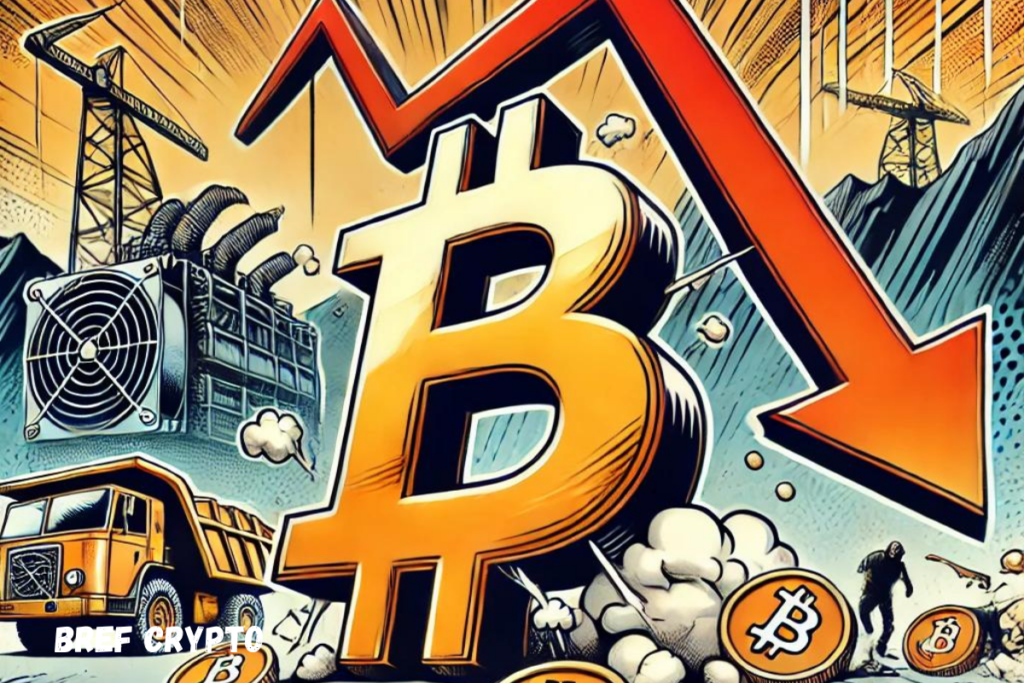Bitcoin Down: Institutional Purchases Weaken!
Bitcoin, after experiencing a stellar start to the year, is now going through a phase of turbulence. The demand for the world’s first cryptocurrency has dropped significantly since April, a phenomenon exacerbated by a slowdown in institutional purchases, notably exchange-traded funds (ETFs).

The slowdown in institutional purchases
Since April, the demand for Bitcoin has seen a marked decrease. Acquisitions of spot ETFs, once a key driver of demand, have significantly slowed down.
In March, these purchases reached around 12,000 BTC, but this average fell to just 1,300 BTC per week in August. This drop reflects a loss of interest from institutional investors, often considered the pillars of the market.
This slowdown is accompanied by a decrease in the price premium for Bitcoin trading on Coinbase, a crucial indicator of institutional demand.
After reaching a premium of 0.25% at the beginning of the year, it has dropped to 0.01%, signaling growing disinterest.
This situation highlights the importance of spot ETFs in maintaining the demand and price of Bitcoin. Without renewed interest from institutions, Bitcoin could continue to stagnate or even decline.
Long-term Bitcoin holders vs. short-term holders
While institutional purchases are weakening, long-term holders continue to accumulate bitcoins at record rates.
The total balance of addresses that have never spent or sold bitcoin increases significantly each month, reaching unprecedented levels. These “hodlers” seem unperturbed by the current market volatility, betting on a future rise in Bitcoin.
In contrast, short-term holders, who bought bitcoin during the 2024 rally, are suffering heavy unrealized losses.
After acquiring bitcoins at record prices in March, many of them now see the value of their assets diminish as Bitcoin’s price hovers around $58,800. This situation has led to an “overreaction” among some of these investors, causing a massive sell-off and contributing to the recent price drop.
Despite these challenges, analysts believe that the market may have already overcome the worst.
The report from Glassnode highlights that if the market value to realized value (MVRV) ratio of short-term holders remains below 1.0 for an extended period, it could trigger panic.
However, the absence of a significant gap between the cost basis of holding and the cost basis of spending suggests that the recent drop could be a passing reaction.
While some long-term holders continue to bet on a recovery, short-term holders and miners face increasing pressure. The road ahead for Bitcoin seems fraught with obstacles, but the historical resilience of the crypto could still surprise.
Maximize your Cointribune experience with our "Read to Earn" program! For every article you read, earn points and access exclusive rewards. Sign up now and start earning benefits.

Fascinated by Bitcoin since 2017, Evariste has continuously researched the subject. While his initial interest was in trading, he now actively seeks to understand all advances centered on cryptocurrencies. As an editor, he strives to consistently deliver high-quality work that reflects the state of the sector as a whole.
The views, thoughts, and opinions expressed in this article belong solely to the author, and should not be taken as investment advice. Do your own research before taking any investment decisions.